Electricity, Unleashed: The Wonders of Self-Induction
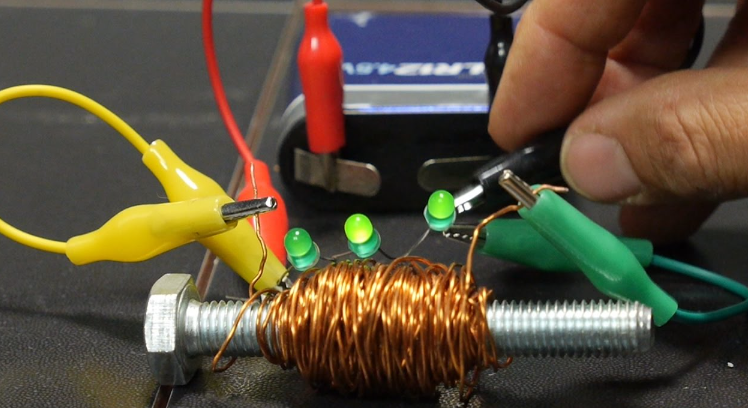
Have you ever wondered how electricity works? If you’re fascinated with the inner workings of electronics and want to understand more about the science behind it, you’ve come to the right place. Let’s explore self-induction.
What is self induction? It is the ability of a circuit to generate a voltage itself due to a change in current. When current flows through a wire, it creates a magnetic field around the wire. If the current changes, the magnetic field also changes, creating an electromotive force (EMF) in the wire. This phenomenon is known as autoinduction.


Self-induction plays a crucial role in many electronic devices. For example, it is used in transformers to convert high voltage AC power to low voltage AC power. Self-induction is also used in solenoids, which are coils of wire that create a magnetic field when current flows through them. Solenoids are used in a variety of applications such as doorbells, relays, and electric locks. Therefore, understanding self induction is important for anyone interested in electronic and electrical engineering.
Here are some examples of self-induction in action:
- A transformer in a power supply that converts high voltage AC power to low voltage AC power.
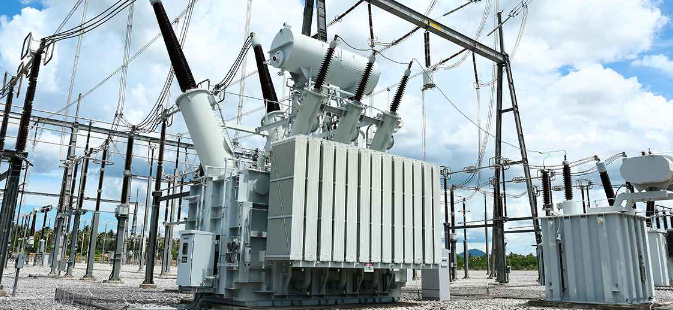
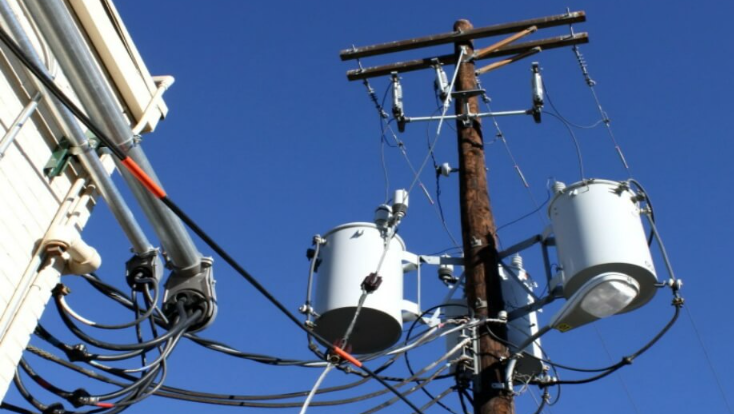
- An electric motor, which uses self-induction to create a rotating magnetic field.
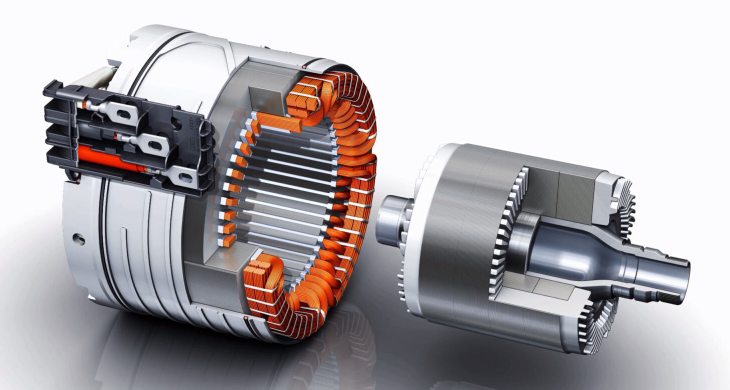
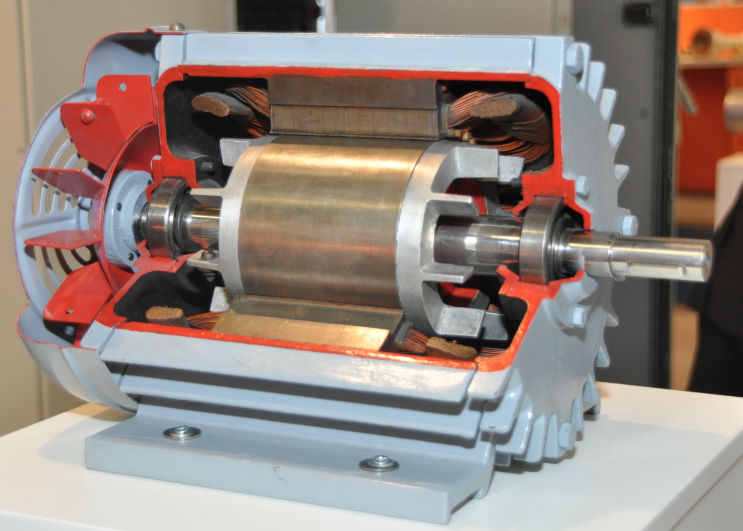
- A guitar pickup, which uses self-induction to convert the movement of the guitar strings into an electrical signal that can be amplified.
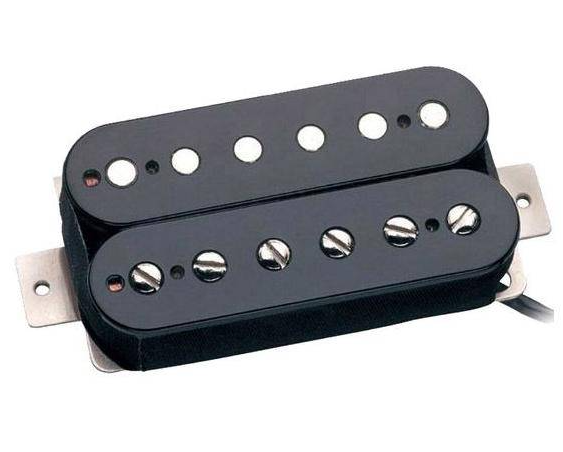
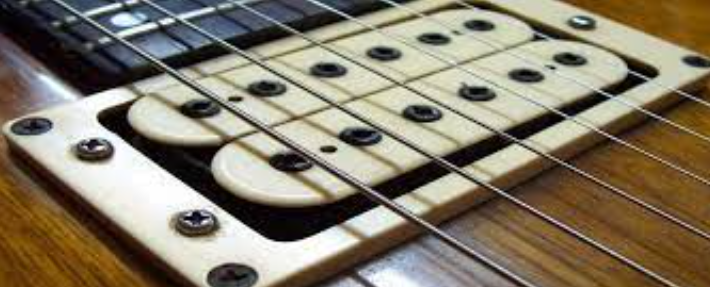
- A fluorescent lamp, which uses self-induction to generate a high voltage that ionizes the gas inside the lamp and creates light.

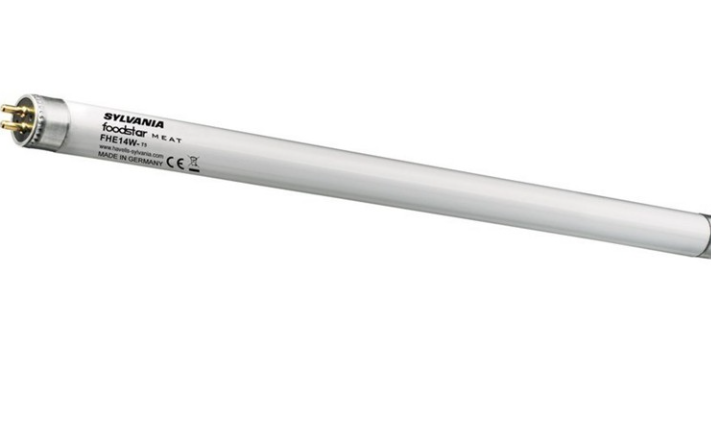
Self-induction is a fascinating concept that plays a crucial role in the world of electronics. By understanding how self-induction works and its relevance to everyday devices, you can unlock a whole new world of knowledge and potential. So the next time you use your phone, play a guitar, or turn on a light, remember the power of self-induction that makes it possible!
Let’s see the following video that extends self-induction in practice!
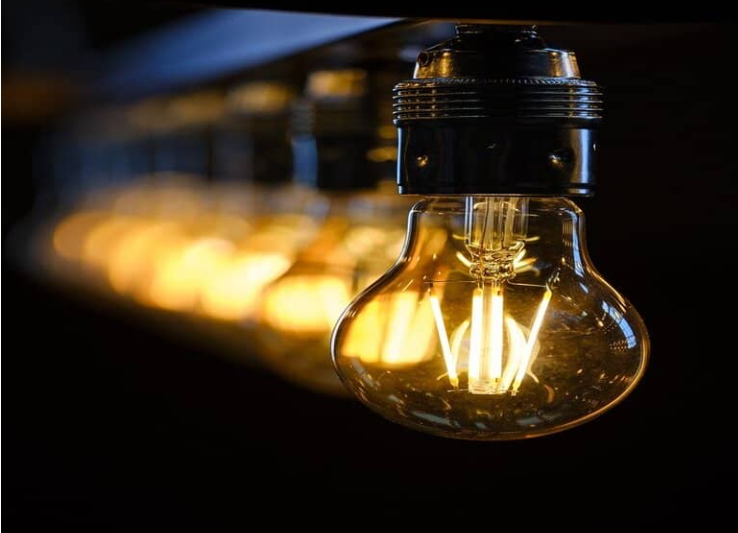
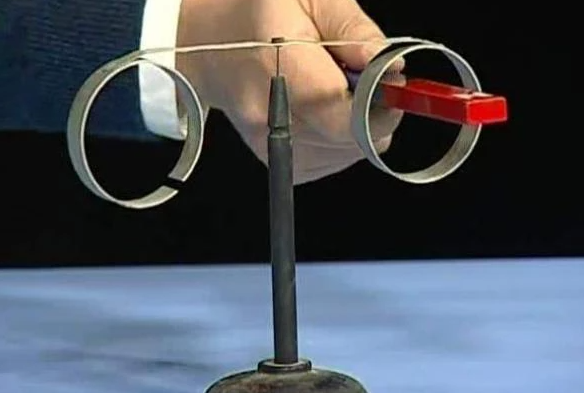
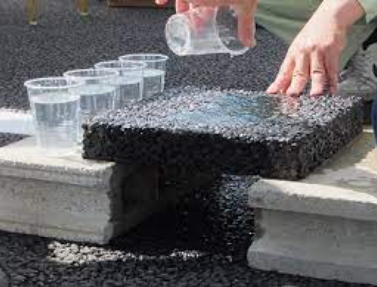
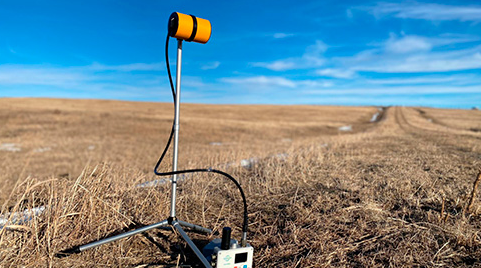

Responses